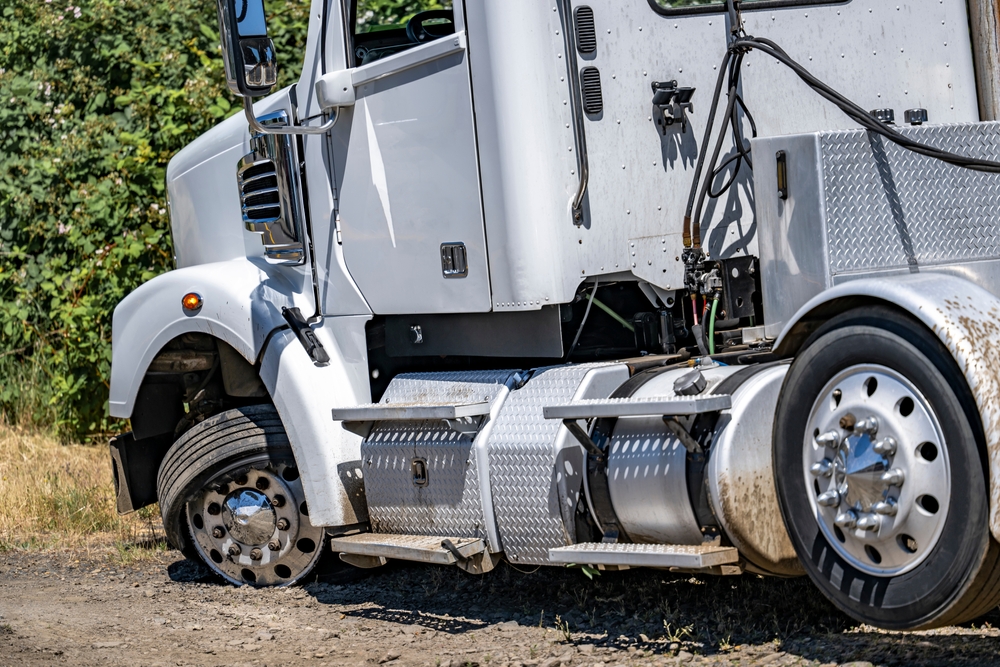-
Prioritize Using Data: Fleet managers should look for a data management platform that offers data filtration and prioritization. For example, Pitstop’s platform breaks down data into three categories: ‘Critical Risk’ (high likelihood of breakdown), ‘Requires Attention’ (no imminent failure risk), and ‘Minor Alerts’ (don’t require immediate attention).
Wide applicability and security: A fleet management platform should not only sort data from vehicles but also serve as an authoritative data source (“system of record”) for an organization, providing reliability, security, consistent connectivity, encryption, and compliance with standards. Samsara was built on this idea, encrypting data in motion and at rest and maintaining GDPR and California data privacy laws. Plus, the system must be flexible enough to scale with a client; Samsara now collects 4 trillion data points per year, and can support a customer’s growth.
Integration opportunities: The webinar participants stated that for a platform to be considered a system of record, it needs to be comprehensive and flexible enough to work with any partner systems a fleet could use. Chevy, Ford, GM, and ThermoKing have their own branded cloud dashboards, so a good fleet maintenance management platform needs to be able to collate all of a fleet’s provided information into a single connected operations cloud. Ramsey noted that customers can leverage a hybrid of their own solutions and third-party integrations like Pitstop. This customization for platform interaction is critical as many fleets may have one or more monitoring subscriptions.
Customization and adaptability: Pitstop’s dynamic scheduling feature is AI-based and takes telemetry and insights into account. It can learn from existing work order management systems and manual interventions from front-line managers. A good data management system should factor in elements such as parts availability, repair time, and backup vehicle availability to triage maintenance workflow efficiently.











Leave a Comment